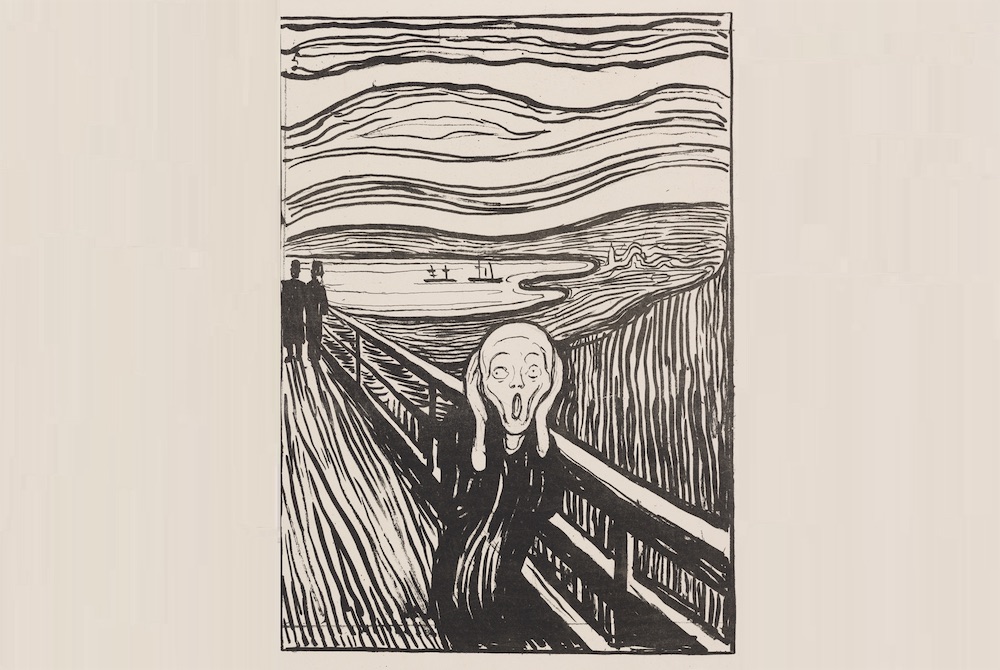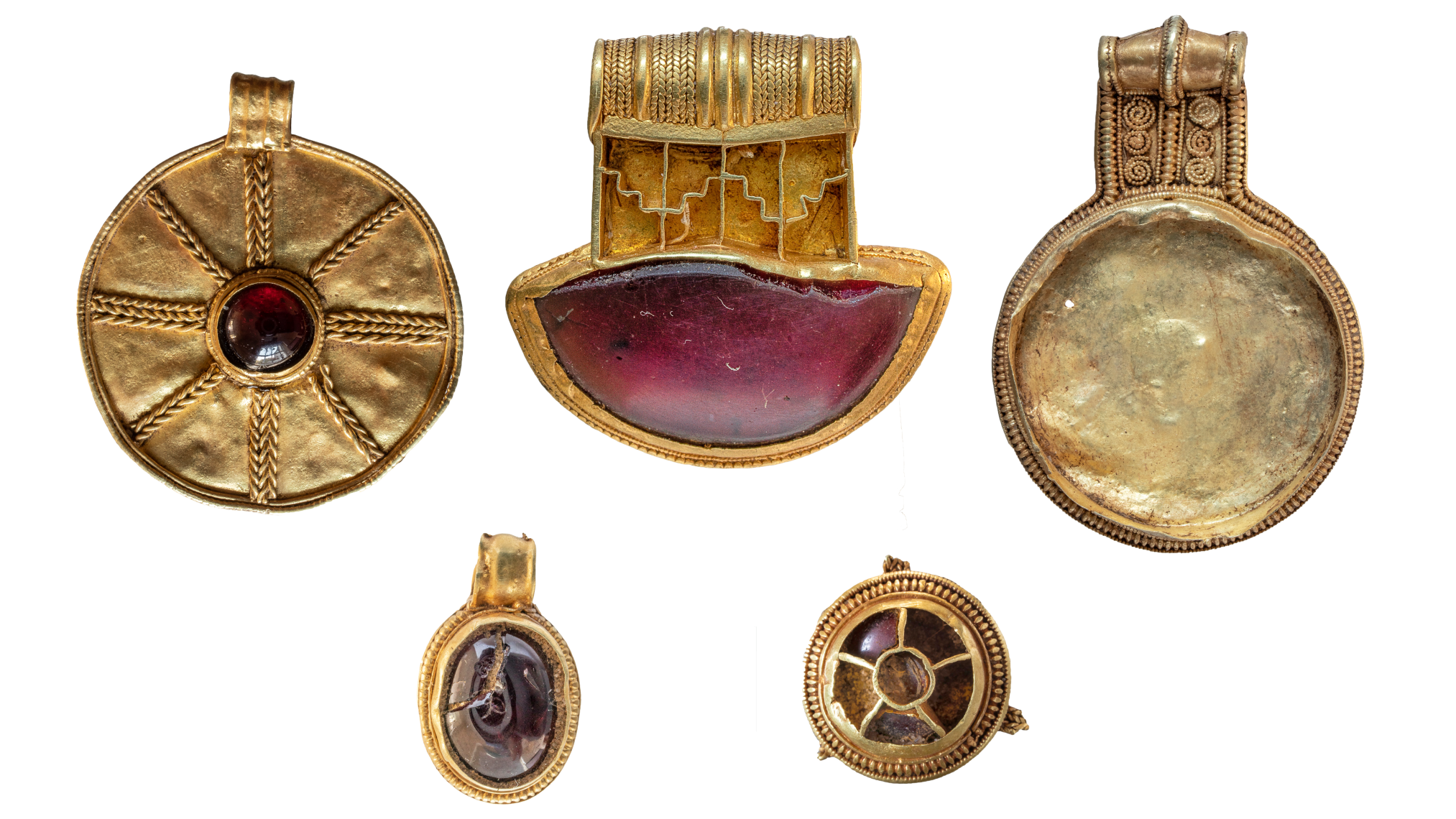Eerie 'face' haunts Jupiter in creepy photo from NASA's Juno probe
Jupiter's swirling clouds form an eerie image that resembles a face.

A creepy face has appeared on Jupiter's surface just in time for Halloween, and NASA has the photo to prove it.
On Sept. 7, the space agency's Juno spacecraft captured the spooky image during its 54th close flyby of Jupiter's northern regions, also known as Jet N7, according to a NASA statement.
Related: Space photo of the week: Jupiter's seething volcano moon gets a close-up
The eerie effect in the photo, which may call to mind Edvard Munch's "The Scream," was caused by turbulent clouds and storms careening across the gas giant's terminator, the dividing line between the planet's day and night sides. The low angle of sunlight playing off of Jupiter's complex topography during the flyby added to the alarming face punctuated by droopy eyes, pronounced nostrils and a frown.
This isn't the first time that otherworldly images have been seen in snapshots of Jupiter. Since Juno arrived in the planet's orbit in July 2016, the probe has captured numerous images of Jupiter's swirling clouds, which people have interpreted as everything from a Van Gogh painting to a dolphin. These result from a brain phenomenon known as pareidolia, in which viewers think they see faces or other images in random objects.
Citizen scientist Vladimir Tarasov created the final image by using raw data pulled from the JunoCam instrument. When the raw image was taken, Juno was roughly 4,800 miles (about 7,700 kilometers) above Jupiter's cloud tops, at a latitude of about 69 degrees north, according to NASA.
Get the world’s most fascinating discoveries delivered straight to your inbox.
Jennifer Nalewicki is former Live Science staff writer and Salt Lake City-based journalist whose work has been featured in The New York Times, Smithsonian Magazine, Scientific American, Popular Mechanics and more. She covers several science topics from planet Earth to paleontology and archaeology to health and culture. Prior to freelancing, Jennifer held an Editor role at Time Inc. Jennifer has a bachelor's degree in Journalism from The University of Texas at Austin.



